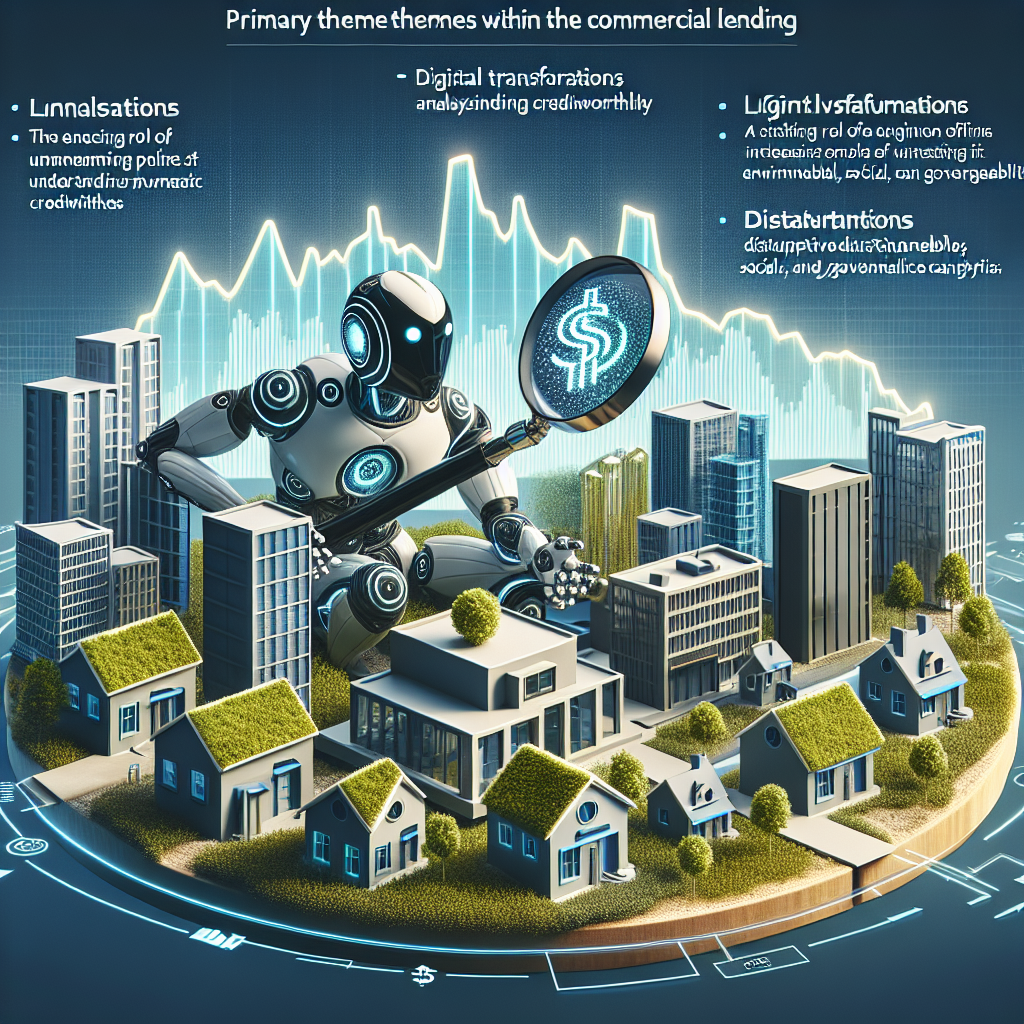 But they are also aging into key lifestyle decisions, like marriage and having children, associated with a greater likelihood of purchasing a home. According to our analysis of anonymized household data, millennials largely get married after the age of 30, as this is the turning point where the share of married millennials surpasses the share of single millennials. With the bulk of millennials turning 30 in 2020, we can anticipate the marital rate to increase for this generation, and the homeownership rate to rise alongside it.
But they are also aging into key lifestyle decisions, like marriage and having children, associated with a greater likelihood of purchasing a home. According to our analysis of anonymized household data, millennials largely get married after the age of 30, as this is the turning point where the share of married millennials surpasses the share of single millennials. With the bulk of millennials turning 30 in 2020, we can anticipate the marital rate to increase for this generation, and the homeownership rate to rise alongside it.
As millennials age into their 30s, get married and form families, they remain poised to transform the housing market. In fact, the housing market is already experiencing the earliest gusts of this tailwind, according to our 2019 Homeownership Progress Index (HPRI), which found that the millennials largely drove the increase in potential homeownership demand in 2019. Currently, there are even reports of increased demand for marriage licenses amid the pandemic, but some research shows that household formation slows during times of recession. While 2020 may delay marriage, the long-run trend remains.
First Comes Love, Then Comes Marriage
Examining critical lifestyle, societal and economic trends can provide a strong indication of the likelihood of owning a home and, in turn, potential homeownership demand. Based on our analysis, marriage is one of the strongest predictors for homeownership. Certainly, the benefit of two incomes helps to save for a down payment. According to analysis of our HPRI, the homeownership rate for married couples was 30 percentage points higher than other households in 2019. Among millennials, this difference was even greater–the homeownership rate for married millennial couples was 32 percentage points higher when compared with other millennial households, and a gap remains even among the oldest (age 38) millennials.
Then Comes Baby…
The decision to have children also significantly increases the likelihood of owning a home. Compared with households with no children, the homeownership rate in 2019 was 5.8 percentage points greater for households with one or two children.
Among millennials, the homeownership rate for households with one or two children was 18 percentage points higher than those without, and the gap remains even among the oldest (age 38) millennials. The share of millennials that have one or two children overtakes the share of millennials who do not have children at age 34.
This demographic milestone happened sooner, at 31 years old, for Generation X, indicating that millennials are choosing to have children later in life compared with their predecessors. But, we can expect a majority of millennials to reach that point in the next few years, which signals a significant boost to potential homeownership demand.
Single Millennial Women More Likely to Own Homes than Single Millennial Men
It is important to note that while getting married and having children are highly linked to the decision to become a homeowner, single millennial women with high levels of educational attainment are also increasingly joining homeownership ranks. In fact, single millennial women are more likely to own a home than single millennial men of equivalent education.
In 2019, the homeownership rate for single millennial women with at least a bachelor’s degree was 1.8 percentage points higher than single millennial men with at least a bachelor’s degree. Single millennial women with at least a bachelor’s degree are more likely to own homes compared with single millennial men, even though their house-buying power is nearly $87,000 less than men with the same education level in 2019. Women are clearly prioritizing homeownership. A recent Bank of America survey confirms the data, as their survey found single women prioritize owning a home more than single men (73% vs. 65%).
The Demographic Tailwind
Potential homeownership demand in 2019 increased by three percentage points for millennials, outpacing the gains of their predecessors, Generation X and Baby Boomers. It’s clear that as millennials formed households and began to make lifestyle decisions, such as getting married and having children, homeownership demand increased.
Our analysis shows the share of married millennials in 2019 increased 1.8 percentage points compared with one year ago and the share of millennials with one or two children increased by 0.4 percentage points, which contributed to the positive gain in potential homeownership demand in 2019. Despite the economic decline in 2020, the demographic silver lining is that millennials are still ageing into the key lifestyle decisions that signal an increase in potential homeownership demand.
Article written by Odeta Kushi, deputy chief economist at First American.





